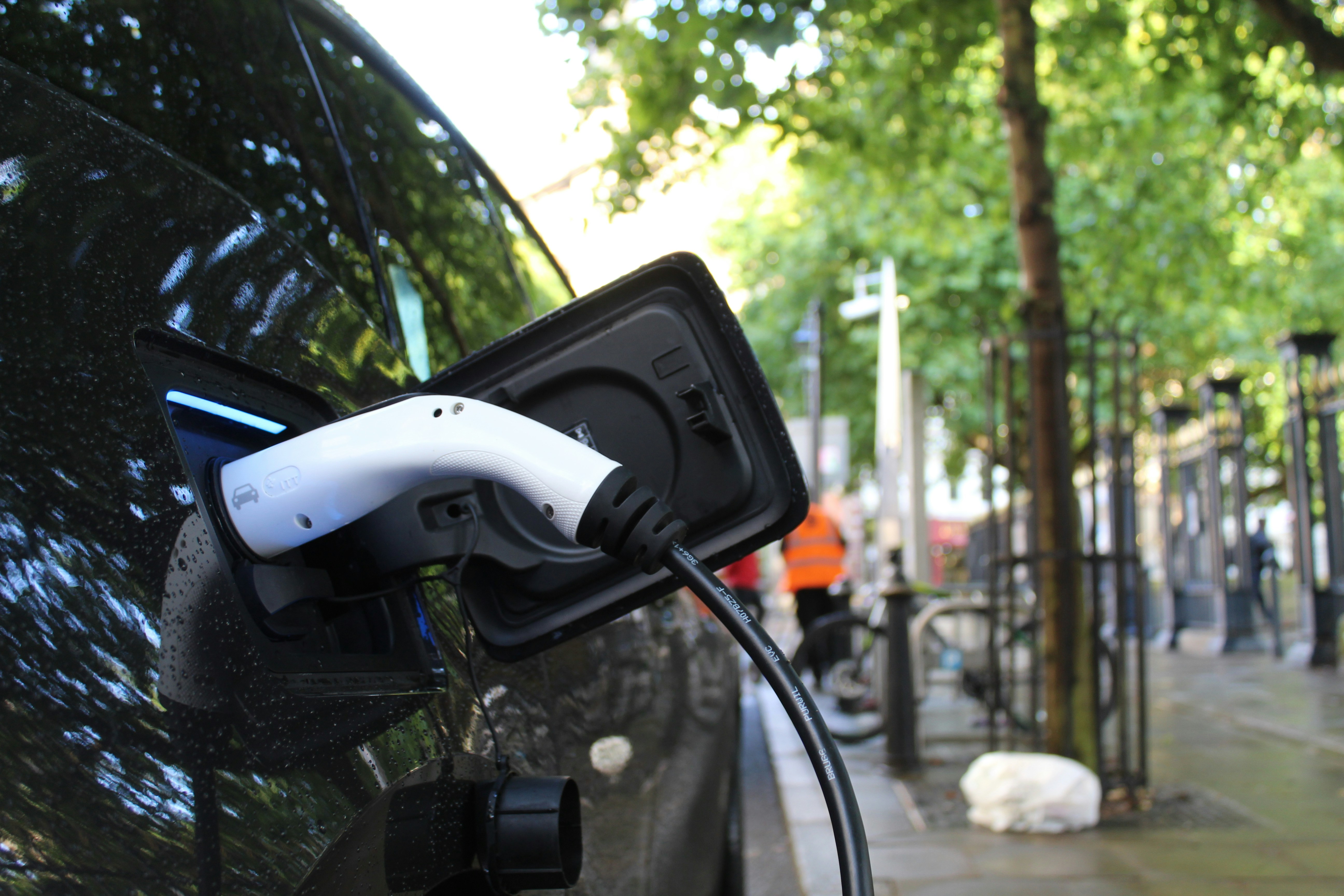Are There EV Adoption Headwinds?

There is persistent talk here in the US about when, and whether, EVs will take off. We appeared to be on the cusp of widespread transportation electrification. Was that a fad or a revolution about to happen? The current Administration’s efforts to put the brakes on EV incentives certainly is a cause for the question.
EV adoption is accelerating globally and growing steadily in the US despite the policy headwinds. As evidence, there has been a spate of announcements and reports that should be warning signs to policy makers who appear more interested in extending the life of the internal combustion engine (ICE) than preparing for the future.
Let’s hit five recent headlines:
- The start-up auto OEM Slate announced that it will its new truck, which is a marvel of simplicity, will be available in 2026. Its $27,000 USD list price will shake up the market. The perception of EVs as pricey will go away.
- BYD announced that it’s building of a huge cargo ship that can carry 9,200 cars. That gives them four cargo ships that demonstrate their vertical integration, from mining minerals for batteries to the showroom floor delivery. They intend to flood the world with high quality, price competitive EVs.
- New EV sales surged to 20% in 2024, and are expected to hit 40% by 2030, as reported in the International Energy Agency’s 2025 Global EV Outlook. In Q1’25, sales were up 35% year-over-year. OEMs will see that the death of ICEs is coming.
- Cox Automotive’s Kelley Blue Book reported that US sales jumped 15.2% year over year in the fourth quarter of 2024 to 365,824, which set a new volume record for any quarter. Despite “headwinds”, the adoption in the US market is growing.
- D. Power’s 2025 U.S. Electric Vehicle Consideration(EVC) Study of consumer sentiment around EV adoption stated that 24% of vehicle shoppers are “very likely” to consider an EV and 35% are “somewhat likely.” Over half of US consumers are positive about buying an EV.
So, back to the headwinds facing the EV revolution. The current Administration and Congress are considering elimination of EV tax rebates, killing programs that incent EV busses and fleets, and are hollowing out programs that provide valuable research on the future of transportation. The most important factor is the cancelling of incentives to build out public EV charging infrastructure across the country. As I noted recently, the availability and reliability of EV charging is the primary customer satisfaction gap in the US.
The momentum noted above question the sanity of this policy shift. What’s the result going to be by putting the brakes on our move to a zero-emission transportation future? Here’s a scenario:
- EV adoption continues to rise quickly globally.
- US sales lag the global trend due to the poor availability of public charging.
- The EV sales of US OEMs lag their Asian and European competitors since they don’t export much of their product.
- US drivers wake-up to find out that drivers in Canada, Mexico and everywhere else are driving superior, zero-emission vehicles.
- US OEMs once again find themselves in a catch up or die situation.
While US auto OEMs want to focus on their profits and US autoworkers love tariffs because they hope more jobs will come back to the US, they may find themselves both out of business.
Photo by Andrew Roberts on Unsplash.

Founder, Principal Analyst - Jeff Clark is an experienced, creative marketing executive who has run global marketing teams for profitable technology companies, from start-ups to enterprise industry leaders.
.png?width=388&height=54&name=cleantech%20insiders%20logo-2%20(2).png)
